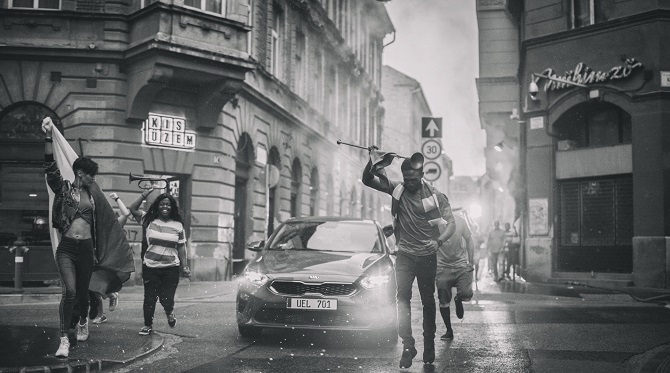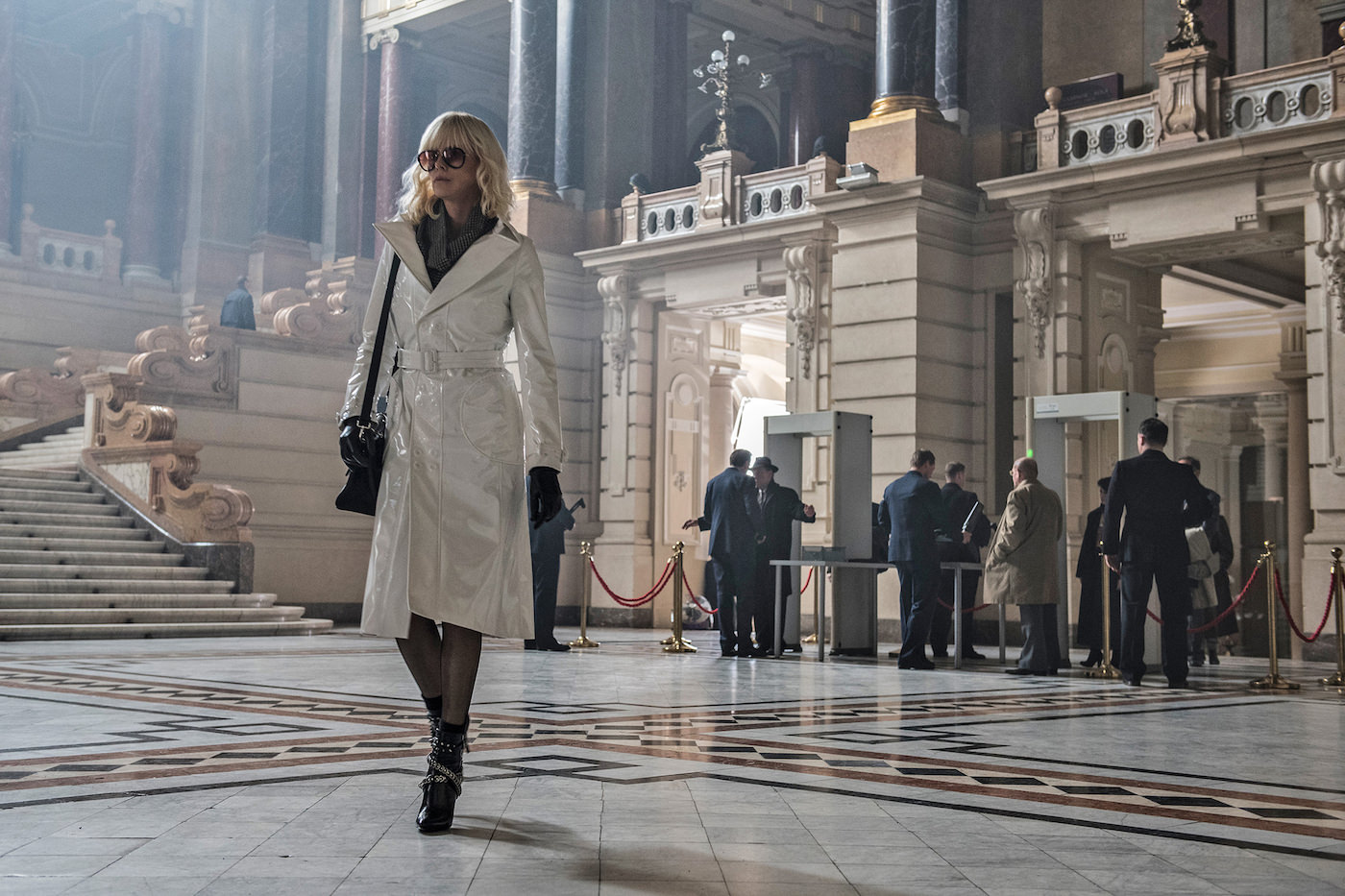Local Soptlight: Filmmaker Viktória Szemerédy
zita kisgergely
The following is a reprint from an interview Hungarian filmmaker Viktória Szemerédy did with The New Current, regarding her short film “Butterfly Daughter”, which had its premier at the 26th Raindance Film Festival.
Upon leaving a state care institute, a twelve-year-old girl joins her elder sister and their grandmother in a remote village. She is desperate to reconnect with her negligent mother, but when she thinks she has found her on social media she finds herself running into a predator’s trap.
Hey Viktória, thanks for talking to TNC, how is everything going? Are there any nerves ahead of the screening?
Not really. The screening itself is going to be the icing on the cake we were baking with great care for a lot of time, so I am quite ready to enjoy it at Raindance. I am so excited, though, to meet fellow filmmakers, industry professionals there; changing opinions, ideas, starting dialogues and raising questions with them.
What does it mean to be screening Butterfly Daughter at Raindance 2018?
First of all, I still have to pinch myself to believe Butterfly Daughter is going to be screened at Raindance.
It is a great honour to me and also an opportunity to express my gratitude towards my closest mentors, Ruth Paxton and Stephan Mallman, and the incredible industry professionals I was blessed to work with, Tamás Hutlassa, Péter Szatmári, and Réka Lemhényi among many others.
Tell me a little bit about Butterfly Daughter, how did the film come about? What was the inspiration behind your screenplay?
I saw a documentary play in Budapest two years ago in which a 12-year-old girl told her own story. She was living in a remote village in Hungary, and of course was completely bored there. She went on social media and a man linked up with her, eventually tricking her into meeting him. A relative met the little girl in the middle of the night by accident, when she was about to leave the village and called the police immediately. It turned out that the man was a child trafficker. And the bait? He promised her hot chocolate in bed every morning.
The girl’s story hit me hard, and I felt I had to keep it alive by writing a fiction screenplay around the promise of this simple act of care. I realised that more children are in danger than we even dare to imagine. Therefore I wanted to raise attention to the potential threats of social media for children.
What was the most challenging scene for you to film?
I had a hard time before filming the encounter between Izabella Rea, the wonderful 12-year-old girl who played Bori and György Sipos, a warm-hearted, talented and very sensitive young actor in the role of the Man.
I knew I had to be careful since this was a delicate situation for both of them. We were playing, improvising around the scene during the rehearsal period, still, I never asked them to rehearse that specific scene. I wanted to use the surprise of experiencing the encounter for the first time. Holding that space for them to feel safe, comfortable and relaxed was crucial.
Other than that, my most painful experience was filming the computer screen. I promised myself that all my future films will take place in the middle ages with no technology whatsoever.
Have you always had a passion for filmmaking?
I have, though my passion was not supported by my family when I was a teenager. I had to take a long detour. I started my carrier as a medical doctor and was working as a psychologist for many years. Now I feel blessed to live my passion every day.
"I would ask my fellow filmmakers to consider the impact they can create..."
How much has your approach to your films changed since your debut short?
Both of my short films deal with delicate issues. Butterfly Daughter is about an emotionally neglected child and the desperate deeds she is ready to take to get back to her mother. Pintu is about domestic sexual abuse. Given my past, I am quite sure that I will raise similar issues for discussion in my films.
Still, I feel that only now I am ready to make films that are more visceral, that are braver in their visuals. I would like to eventually target the subconscious and do not spoil the audience with intellectual details and explanations.
How would you describe Butterfly Daughter in three words?
Braking transgenerational traumas.
Do you have any advice or tips for any fellow filmmaker?
Well, I wouldn’t call it advise, but maybe food for thought. The film is an extremely powerful tool. I would ask my fellow filmmakers to consider the impact they can create, the message they can send or the inspiration they can provide, before starting to make a film.
And finally, what do you hope people will take away from this film?
I hope adults realise that letting minors hang out in the shady world of social media is a bad idea. Spending time with kids or teenagers, talking, playing, doing sports or walks or even going to the cinema with them could actually save them from the obvious dangers they face alone in front of the screen. They need our attention so much, and if they don’t get that from family members, friends, they will search for it at the wrong places.
Flatpack Films has many years of experience dedicated to offering expert servicing. It has brought the best of Hungary to countless brands, agencies, and production companies through its unique locations, exceptionally skilled crews, top of the line equipment and technical solutions. Backed by an impeccable track record, Flatpack Films has worked with world-class clients including Samsung, Samsonite, Toyota, Braun, Chivas Regal and many more - bringing their projects to life through a highly bespoke approach.

































































